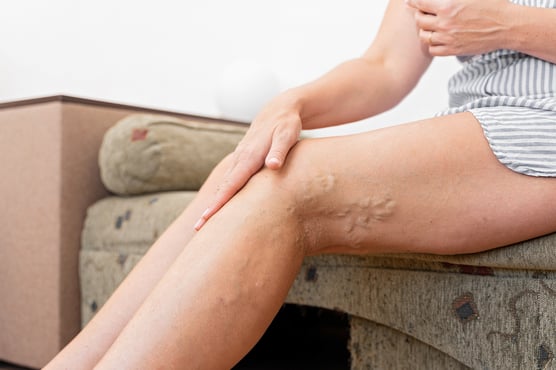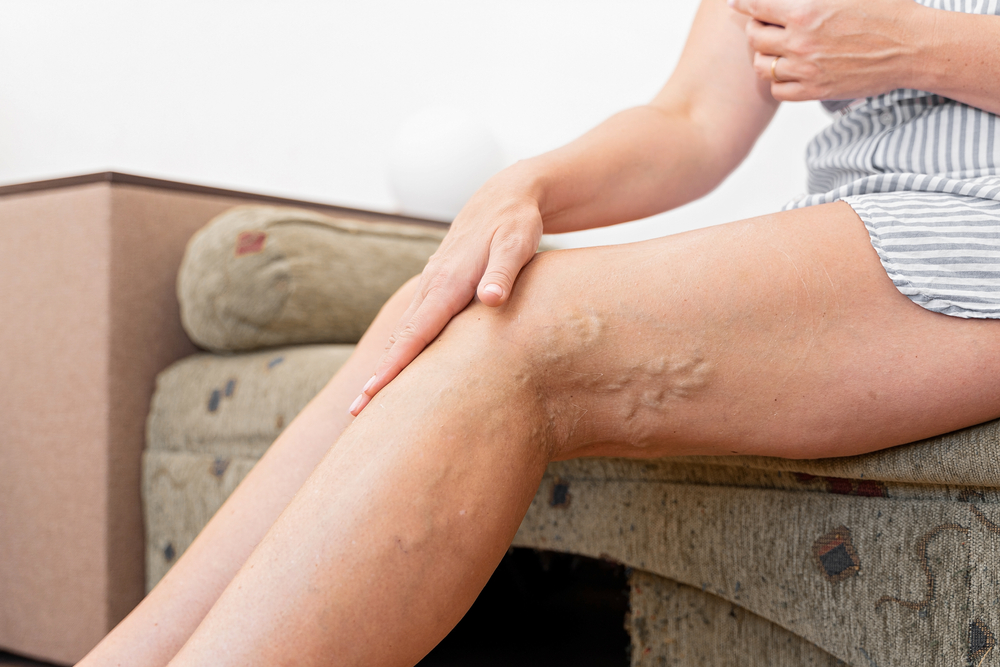Are Bulging Varicose Veins Dangerous?

Those unsightly bulging varicose veins cause problems with negative body self-image and indicate the presence of an underlying vein condition. What I hear from virtually every patient that has a varicose vein is that they worry that the varicose vein will cause a dangerous blood clot. While it is possible for blood clots themselves to be quite dangerous, the risk of developing a blood clot from varicose veins is extremely low. Varicose veins may be ugly to look at, but they are rarely dangerous or life-threatening.
It's true that DVT blood clots can travel through the vein up to the heart and lungs and are a common cause of heart attack and death. However, if this is going to happen, it most commonly occurs when people are in the hospital after some kind of major surgery or trauma - a car accident for example. Because of this, their mobility is limited. They can't get up and walk around. Movement encourages blood flow, and blood clots tend to form when people either stop or are unable to move, including while they are traveling. When there is little movement, circulation slows down resulting in a tendency to form blood clots.
The good news is for people who are up and walking around, the risk of developing blood clots is very low. It is rare for a DVT blood clot to develop as a result of a vein condition. More commonly, people can develop phlebitis which is a blood clot in the superficial varicose vein. The risk of phlebitis progressing to a DVT blood clot is very low, and phlebitis - although it is very uncomfortable - is not typically dangerous.
Can Varicose Veins Cause a Blood Clot?
When people have a bulging varicose vein and it forms a superficial blood clot (phlebitis), it is extremely uncomfortable. You'll know right away. The site of the clot will get red and, as time progresses, it may develop a red streak. This site will be very sore and tender to touch. If you do develop phlebitis, it is recommended that you get it evaluated with a vein ultrasound because 10% of people with phlebitis also have a DVT.
What if My Blood Clot is Moving?
When phlebitis, marked by a raised red and bugling spot in the vein, travels up the leg, it can go into the deep vein system. When this happens, it becomes a DVT. It takes a few days to travel, and you'll notice that it is moving. If you see the redness and tenderness moving up your leg, if you haven't already had a vein ultrasound, schedule a visit with your healthcare provider to get one and ask your provider if you need to be on blood thinners.


